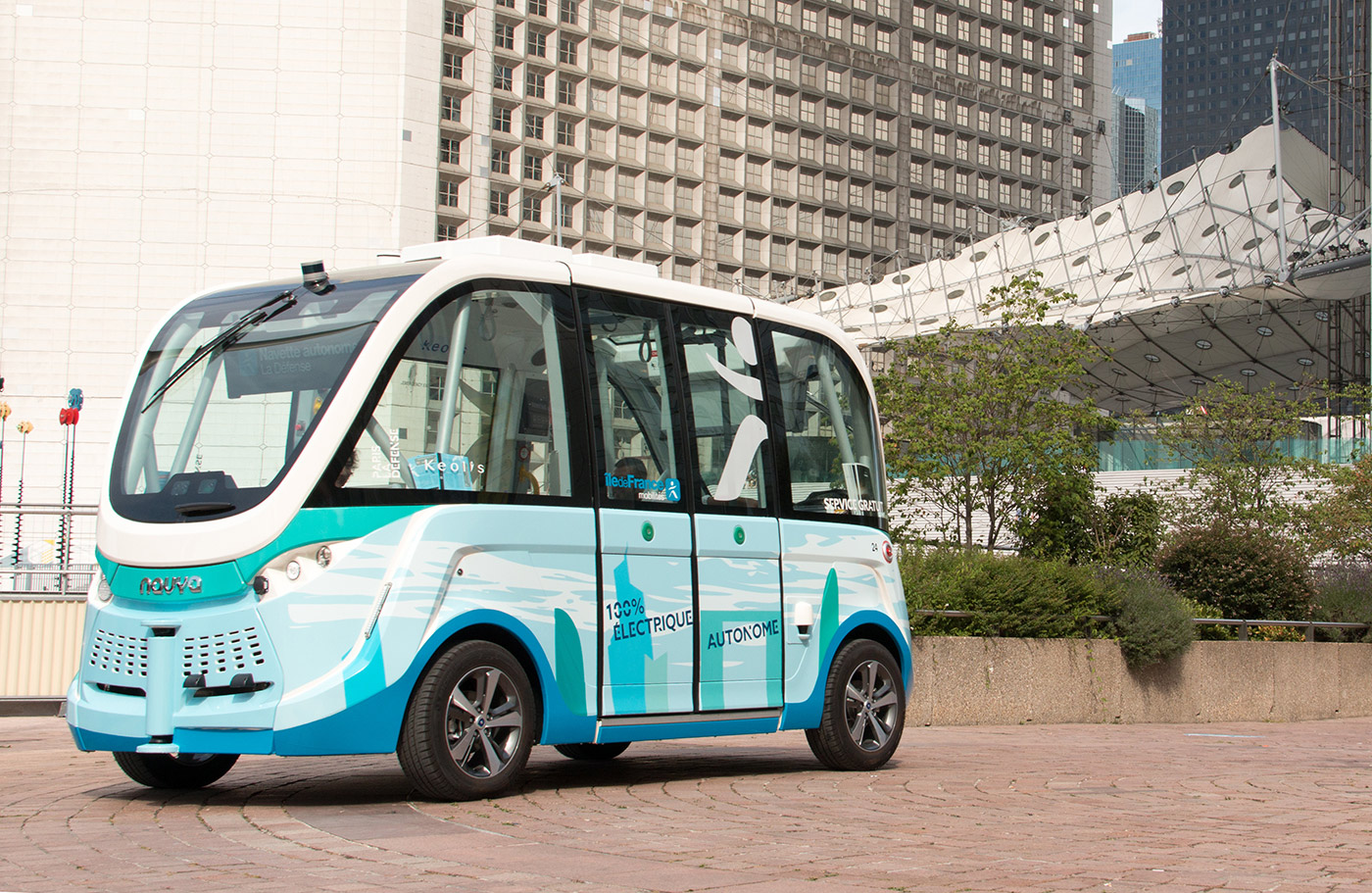This is the first autonomous mobility service put in competition by Ile-de-France Mobilités. An innovative project of autonomous vehicles integrated into normal traffic. An innovative market too, whose performance indicators attribute an important part to the quality and relevance of the service offered as seen by the traveller. The setec group’s intervention is part of a broader mission of assistance to Ile-de-France Mobilités for the development of autonomous mobility. Perrine Cazes, project manager of setec its tells us about this experiment of autonomous shuttles in the territory of Saint-Quentin-en-Yvelines. 